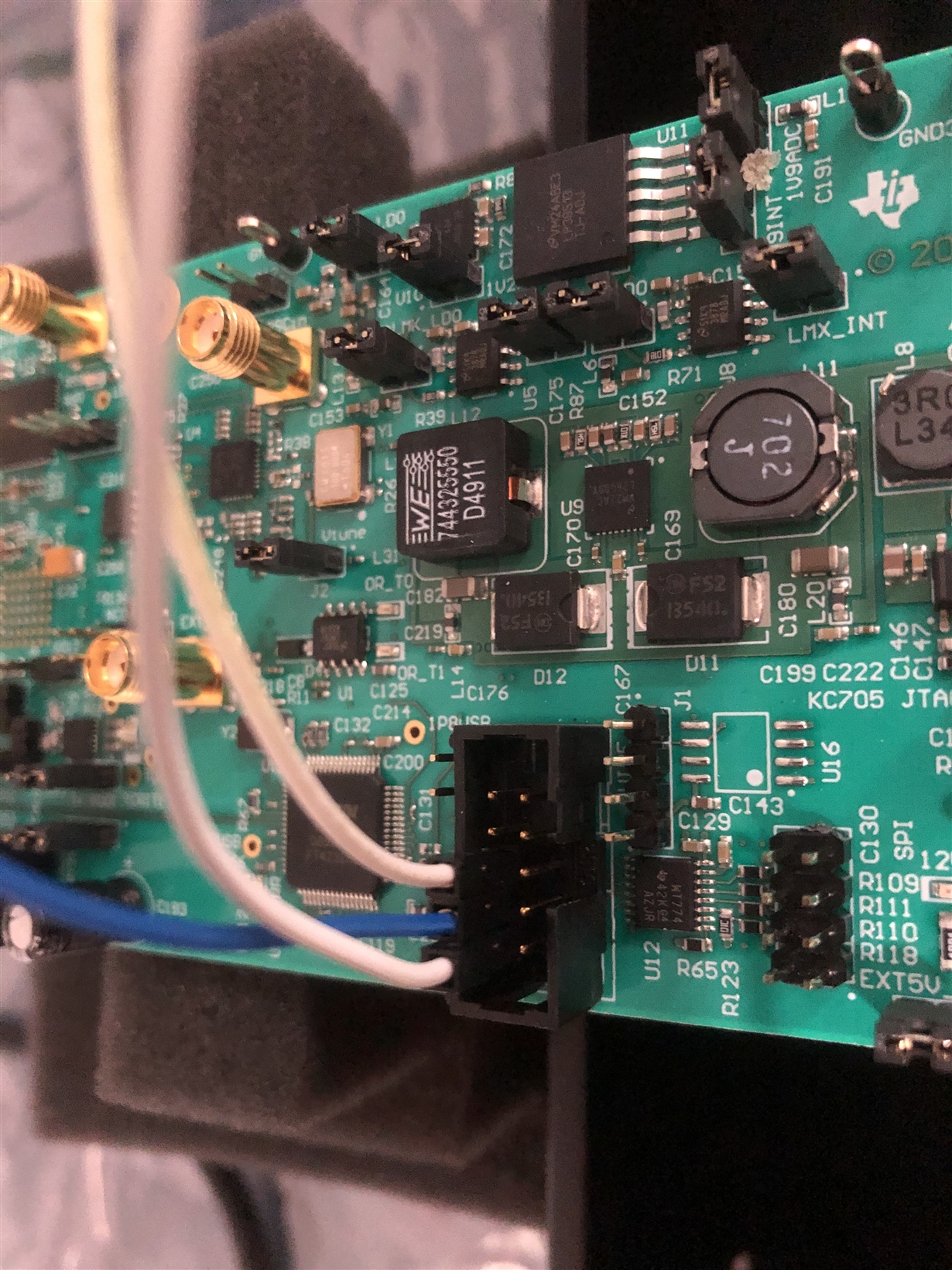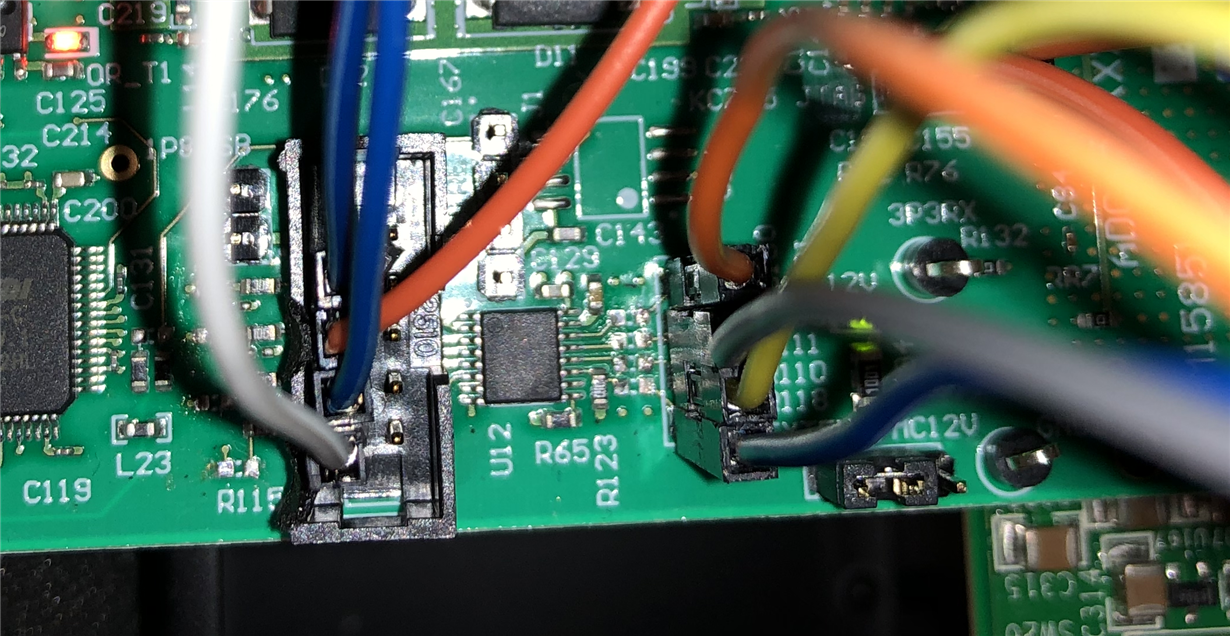Part Number: ADC12J1600EVM
Hi,
I want to use the pin headers on the board to connect an FPGA board and program the devices externally using SPI over the connectors
instead of using the FTDI chip apart from connecting some wires , do i need to mod the board in anyway?
also have wired up the correct pins on the header for LMK SPI?
Regards,
Charles




